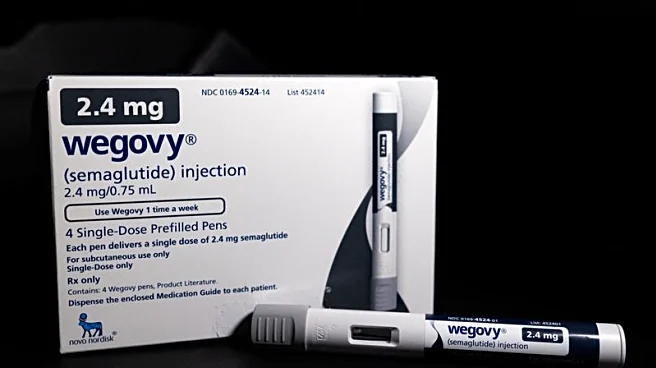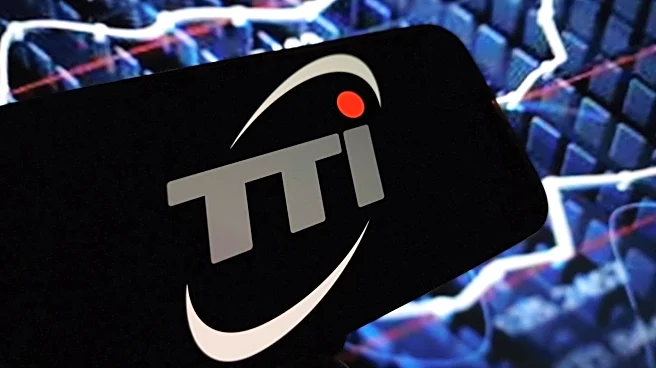LONDON (Reuters) -British consumers raised their spending in July as unusually warm weather at the start of the month boosted clothing sales but demand cooled along as temperatures dropped and some of the increase reflected higher food prices.
The British Retail Consortium - representing mostly larger stores - said on Tuesday that spending was 2.5% higher in cash terms than in July last year, slower than June's 3.1% increase.
Separate figures from Barclays showed that overall consumer spending rose
by 1.4% compared with a fall of 0.1% in June.
"Food sales did well in early July thanks to warm weather and a packed sporting schedule, though this momentum failed to hold for the rest of the month," BRC Chief Executive Helen Dickinson said.
"Rising food inflation meant increased spending was more a result of higher prices than improved demand," she added.
The BRC's measure of food spending rose by 3.9% in July compared with a 1.4% increase for other goods.
Barclays' figures showed a 0.9% increase in grocery spending and a 4.2% rise in clothing sales - its biggest rise since September last year - which it too linked to the warm weather.
Britain's Met Office said July was the fifth-warmest in records dating back to 1884.
Economists are watching to see if households dip into high savings levels to support spending at a time of job losses and slowing wage growth. Bank of England Governor Andrew Bailey last week said consumers had been more cautious than the BoE had expected.
The BoE forecast that consumer price inflation will rise to 4% in September - double its 2% target - while it predicts food price inflation will peak at 5.5% by the end of the year, up from 4.5% in June.
Around 1-2 percentage points of the increase in food price inflation was due to a higher minimum wage and increased employers national insurance contributions ordered by British finance minister Rachel Reeves, the BoE said.
(Writing by William Schomberg; editing by David Milliken)












